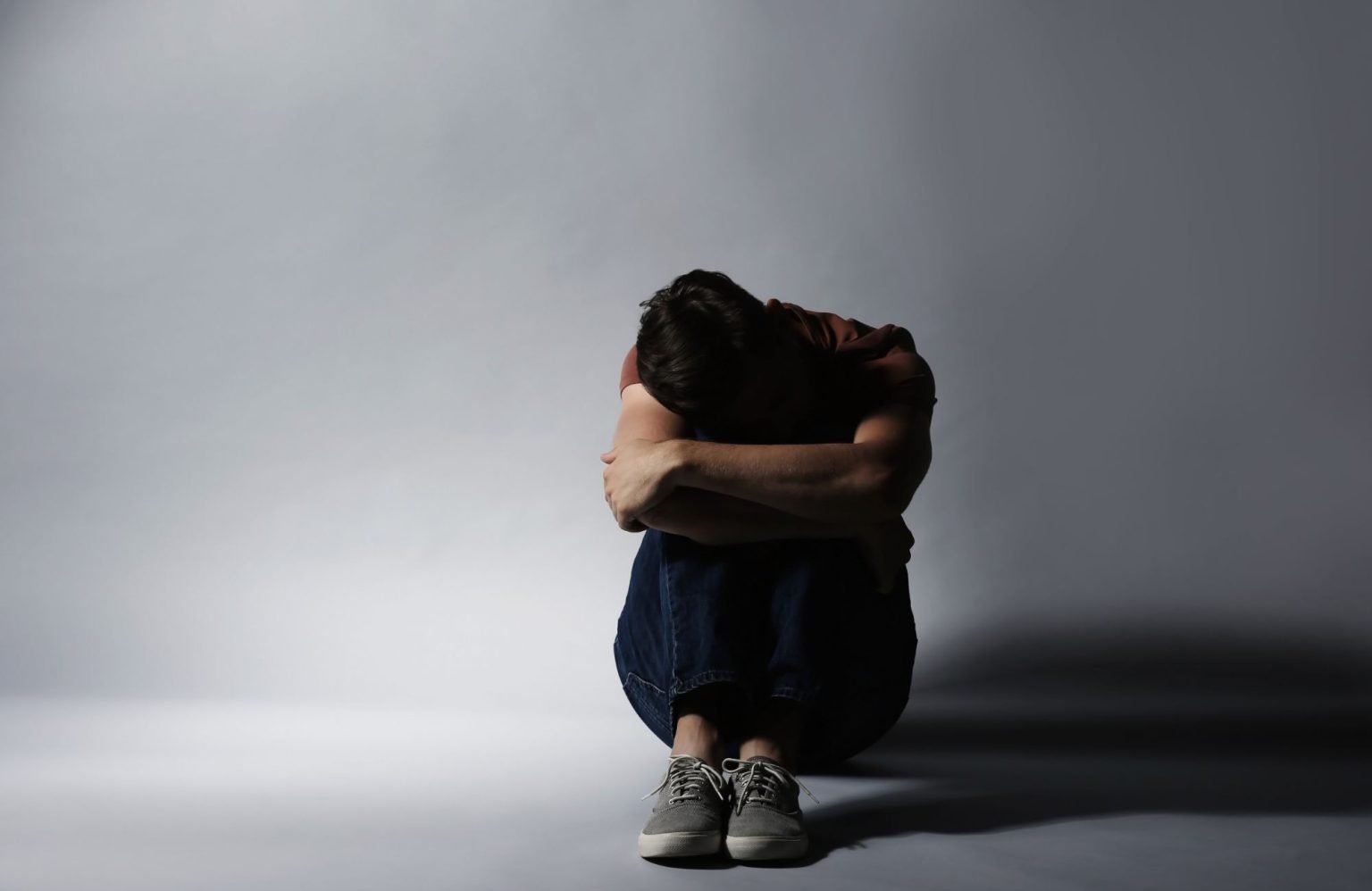Real-Life Stories: Loneliness Hidden in Plain Sight
While statistics highlight the crisis, real-life stories bring the emotional weight of midlife loneliness to light.
Rachel, 42, a Working Mother from Chicago:
“I spend my entire day managing my job and my family. I love them, but I don’t remember the last time I had a real conversation with a friend — just for me. Most days, I feel invisible.”
Mark, 51, Divorced Engineer in Austin:
“After my divorce, I thought I’d have more free time to connect. But the truth is, I just come home to silence. My phone barely rings. It’s like the world moved on, and I didn’t.”
These experiences aren’t isolated. They mirror what millions of Americans face quietly each day.
Expert Opinions: What Psychologists and Sociologists Say
Experts in mental health and sociology are increasingly sounding alarms over this “invisible epidemic.”
Dr. Linda Carter, a clinical psychologist, explains:
“Loneliness during midlife is underdiagnosed because people appear functional. They go to work, pay bills, raise kids — but emotionally, they’re drained and isolated. It’s dangerous because it creeps in slowly and becomes normalized.”
Dr. Kevin Chu, a sociologist studying social behavior, notes:
“In a society that glorifies independence, middle-aged adults are often discouraged from seeking help or expressing vulnerability. That’s why many suffer in silence.”
How Technology Plays a Role
While technology can help people stay connected, it’s also contributing to loneliness.
Passive scrolling on social media gives an illusion of connection but often leads to negative social comparison and deeper feelings of exclusion.
Remote work, though flexible, has limited workplace interaction, making adult friendships rarer.
Dating apps can be discouraging for middle-aged individuals, leading to short-term connections without emotional depth.
However, technology can also be a tool for change if used mindfully:
Platforms like Meetup, Peanut (for moms), and Bumble BFF are helping adults find like-minded individuals.
Online support groups and mental health apps offer anonymous ways to reach out and share struggles.
The Future Outlook: A Call for Cultural and Institutional Shift
1. Normalize Adult Friendship and Vulnerability
We need more cultural narratives that show it’s okay — and necessary — to form new friendships and talk about emotional struggles in midlife.
2. Work-Life Balance Reform
Employers must promote mental well-being, encourage meaningful breaks, and foster community through team-building or wellness initiatives.
3. Loneliness Metrics in Healthcare
Just like blood pressure and weight, loneliness assessments should be a part of routine health checkups. Doctors could screen for emotional isolation and suggest interventions early.
4. Public Health Campaigns
Awareness campaigns — like those addressing depression or anxiety — should now include midlife loneliness, emphasizing that people aren’t alone in their struggles.
5. Local and National Programs
Cities and counties can offer events, adult social clubs, and support services. Government initiatives to reduce caregiver burnout and increase social integration could make a profound difference.
Optimizing This Article for Search Engines (SEO Best Practices)
To ensure your content ranks well and reaches the intended audience, consider integrating:
Long-tail Keywords:
“Why middle-aged adults feel lonely in America”
“Midlife emotional health solutions”
“How to make friends in your 40s and 50s”
Internal Links:
Link to related blog posts or wellness articles like “How to Build a Support System After Divorce” or “The Mental Health Benefits of Adult Friendships.”
External Authority Links:
Reference studies from NIH, Harvard Health, or the U.S. Surgeon General’s report on loneliness.
Structured Data:
Add an FAQ section with rich snippets for Google.
FAQ: Addressing Common Questions
Q1. What age group is considered middle-aged in the U.S.?
A: Generally, individuals between 35 and 60 years are considered middle-aged.
Q2. What are the signs of chronic loneliness?
A: Signs include persistent sadness, low motivation, lack of meaningful connections, and social withdrawal.
Q3. Can therapy help with loneliness?
A: Absolutely. Cognitive Behavioral Therapy (CBT), group therapy, and online counseling are all effective in addressing emotional isolation.
Q4. Are men and women equally lonely in midlife?
A: Both genders experience loneliness, but men often struggle to seek help and women report higher emotional loneliness, especially during hormonal transitions like perimenopause.
Final Word: You’re Not Alone in Feeling Alone
Loneliness in midlife may be widespread, but it’s not untreatable. By shining a light on this hidden crisis, we break the stigma and open the door to empathy, healing, and meaningful connection. Whether through a phone call, a shared activity, or just saying “I miss you,” small efforts can rewrite the narrative of midlife — from isolation to connection.
U.S. Middle-Aged Adults Face Unusually High Loneliness, Study Reveals

















+ There are no comments
Add yours